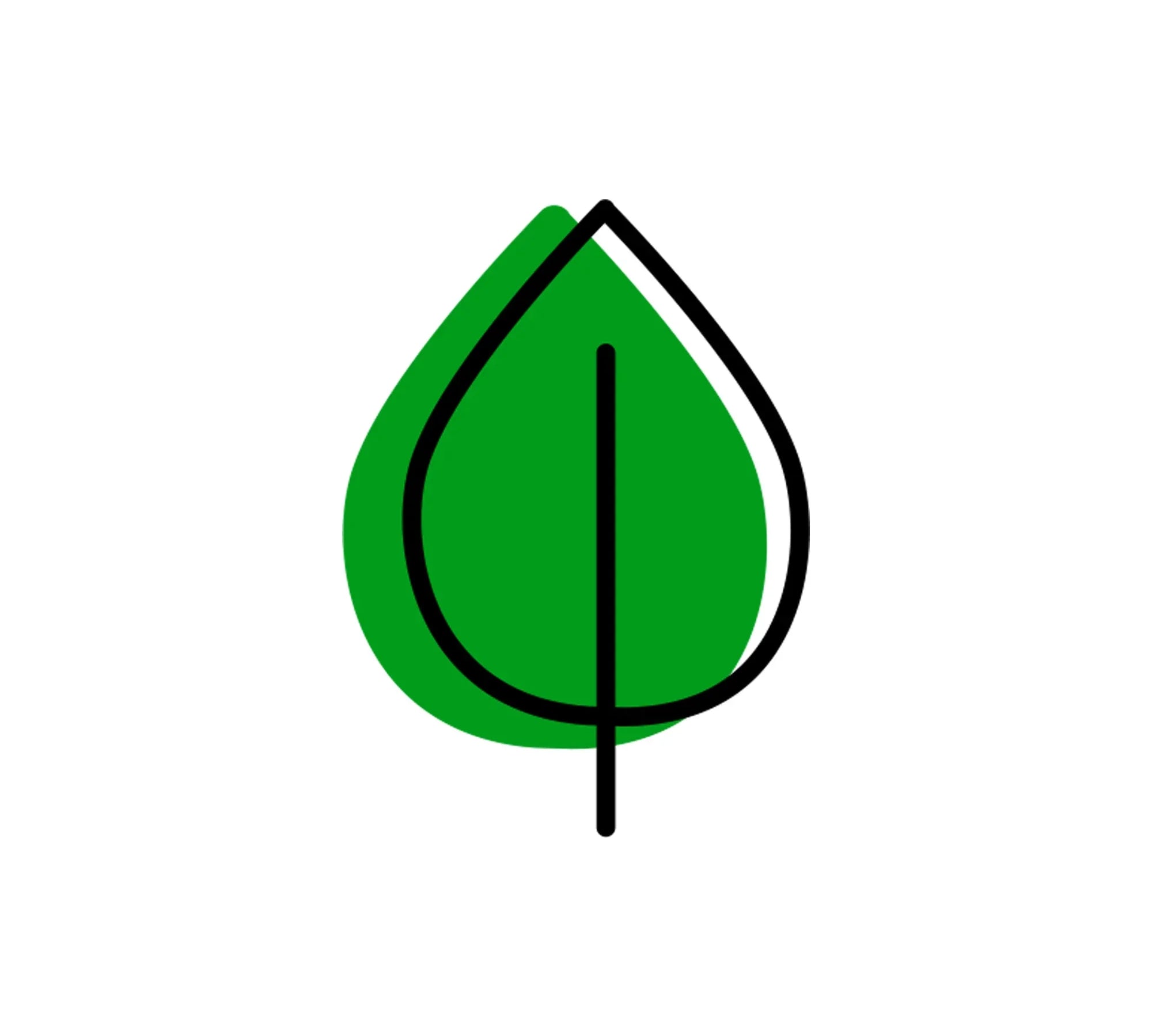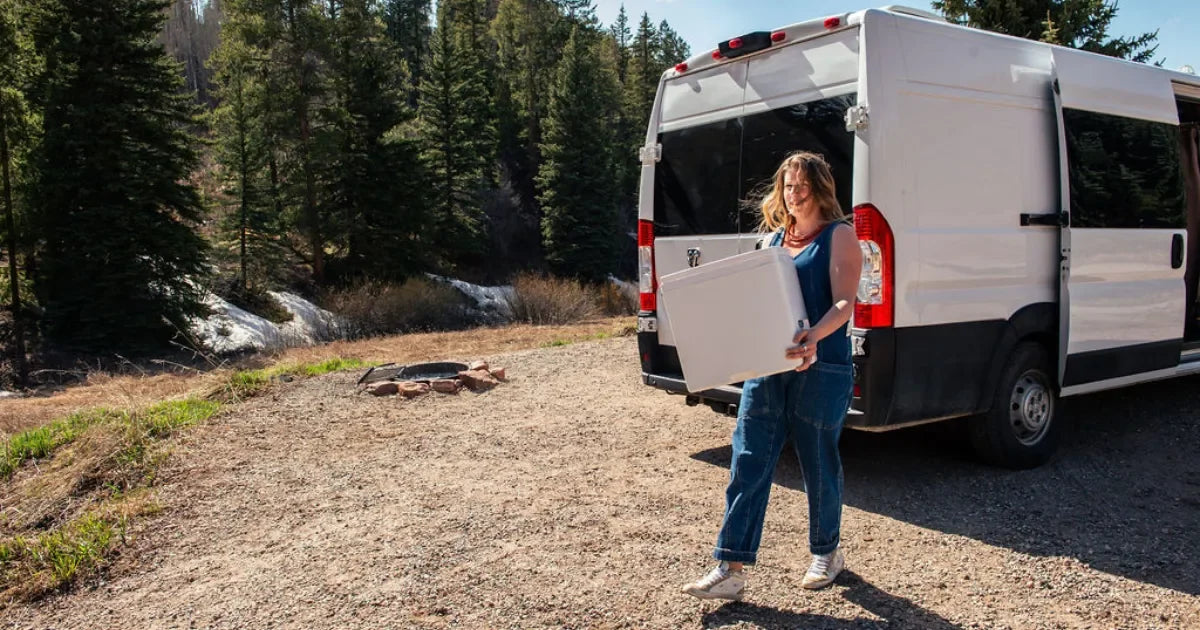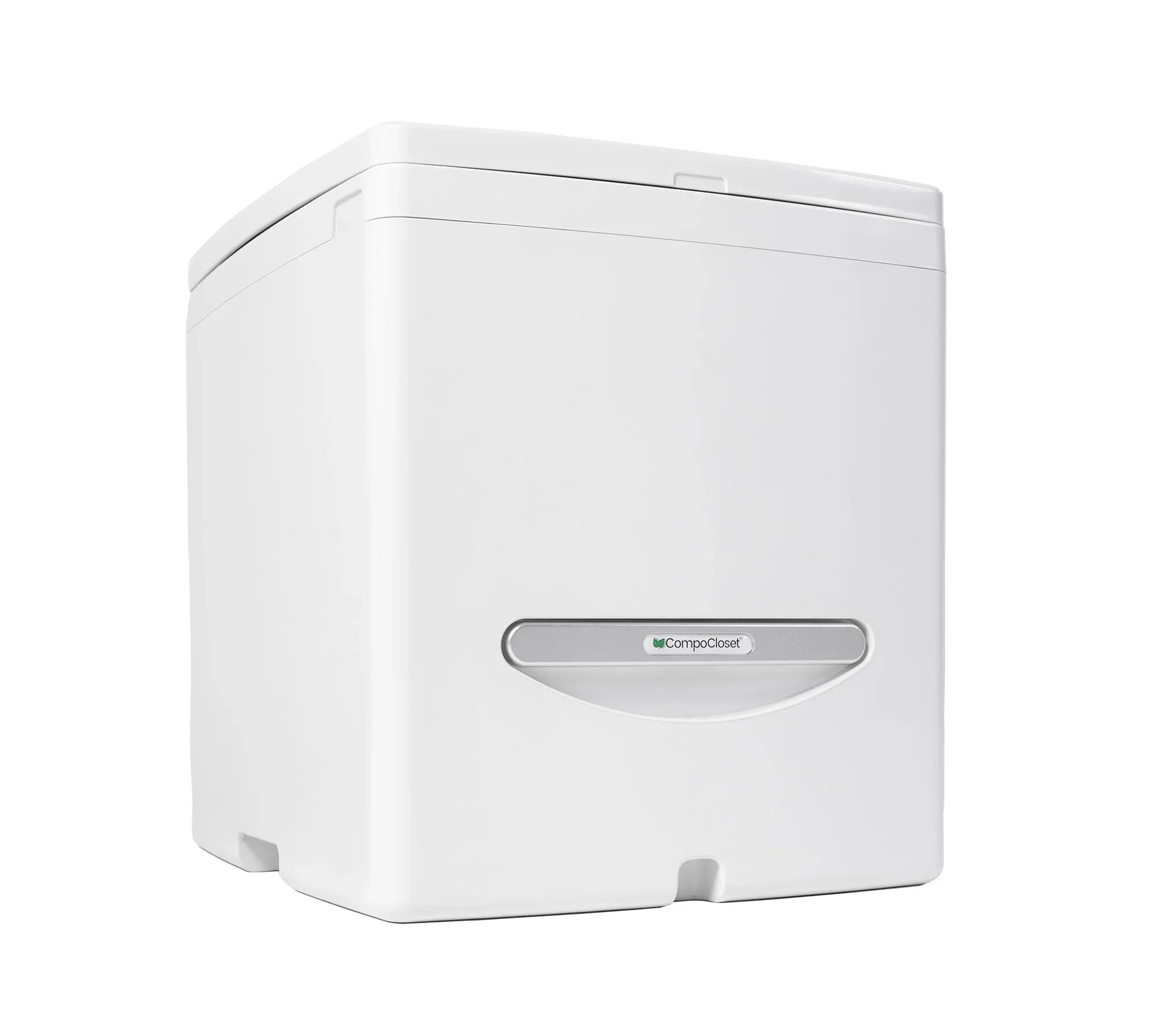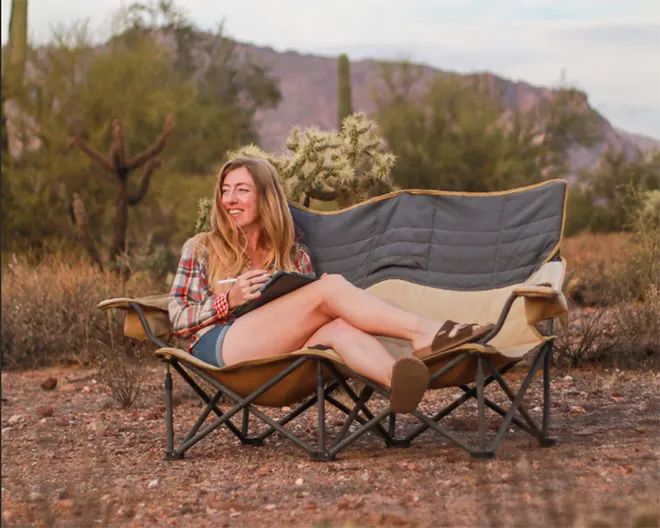You've heard that using a composting toilet is the way to go when camping, traveling in an RV, living the vanlife, and even for your homestead or tiny house.
It would be great not to deal with black tanks, chemical treatments, and the occasional sewage smell wafting around when traveling, and you love the idea of a sustainable way to manage waste. Not to mention the versatility of portable composting toilets.
But how do you empty a composting toilet? And how often? Can your bagged solids be thrown into any trash receptacle? What about when your liquid container is full?
We've got the answers to your questions (spoiler alert: it's not as complicated as you might think!), so read on to learn all the tips on how to empty your composting toilet stress-free.
How a Composting Toilet Works
First, let's have a quick reminder about how composting toilets work. It's a little different than a traditional RV toilet.
Composting toilets have two separate chambers: one for liquids (pee) and one for solids (poo). Solids go into a removable storage chamber containing organic compost medium like wood shavings, peat moss, or coconut coir (our fav!), which aids in starting the decomposition process. This chamber is typically emptied every 1-4 weeks, depending on its size and how often it's used.
The liquids go into a removable urine bottle that is emptied more often, sometimes daily. This is a crucial part of a urine diverting toilet, as this helps eliminate the dreaded sewage smell you get when pee and poo are mixed together.
The humanure (solids) is mixed with an organic compost agent using an agitator or layered as needed after each use. Your solids bin should look like a bucket of dirt and no, your composting toilet won’t smell! It’s easy to empty, environmentally friendly, and doesn't use water.
Now that you know the basics of how these toilet systems work, let's talk about Where, when, and how to empty a composting toilet.
 When to Empty Your Composting Toilet
When to Empty Your Composting Toilet
Some benefits of portable composting toilets are that you don't have to empty them as often as you might think, you don't have to worry about emptying your black water tank, and you won't be using your precious water supply for a flush toilet.
This means you can be out longer and stay off-grid for extended periods with less of an environmental impact.
How long you can stay out will depend on the capacity of your solids bin and how many people are using it. With one person using Cuddy full-time, you'll need to empty the solids every 2-4 weeks, and your liquid bottle will last 1-2 days. Our Cuddy Lite will last about a week for solids, with the same capacity for liquids. This is because Cuddy Lite doesn't have an agitator.
One huge perk of the Cuddy and Cuddy Lite is the liquids tank indicator! When it's time to empty your liquid tank, a little red LED light turns on, so you never have to worry about accidentally overflowing. The tank is also solid black, so no one can see your pee sloshing when you empty it, allowing you to dump it discreetly.
 Where to Empty Your Composting Toilet
Where to Empty Your Composting Toilet
Now for the question of the hour: WHERE do you empty a composting toilet?
Disposal of Liquids
Let's start with the easy one: disposal of liquid matter. Your urine container can be emptied in various places, such as into a regular toilet, pit toilet, porta-potty, or even on the ground under certain circumstances. Here are some tips for each type of disposal method:
-
Regular toilet: A liquid waste container, like Cuddy's, can fit discreetly into a reusable grocery bag and be taken into a public restroom at National parks, campgrounds or rest stops. Simply dump the contents into the toilet (pro tip: flush as you dump to eliminate splashing).
-
Pit Toilet: Many trailheads have pit toilets available that you can empty your liquids bin into.
-
Porta-Potty: Some public attractions and National Parks have porta-potties on site. This is our least favourite option since most porta-potties are a little gross, but in a pinch, it will work for your needs.
-
On the ground: If you are boondocking on public land, you can empty your liquid container on the ground. Always abide by Leave No Trace principles, and ensure you pick a location well away from where you (or anyone else) are camping. Urine can attract wildlife, so it's recommended that you dispose of it over hard ground or rocks so it evaporates quickly and wildlife doesn't attempt to dig in the ground to get to your pee (they love the salt!). Never empty your liquid container in city streets or parking lots. Instead, try a public bathroom at city parks.

Disposing of Solids
Now for the one that takes a little more research than... number one. Where do you empty your composting toilet solids bin? Since there's human poop in there, there are some considerations to make before you empty it.
Remember that even though your solids bin may look and smell like compost, it's not actually compost yet. The composting process for human poop takes up to six months, so please don't throw it out on the ground or in your garden just yet.
Here are some other options for where to put your solids when you empty your RV composting toilet:
-
An approved garbage receptacle: Most public garbage receptacles that allow diapers are also safe to put your bagged solids in. We suggest you always check with your local state, county, or National Parks authorities to ensure it's legal. Some counties, such as Grant County in Utah, have ordinances that forbid you to put human waste in public garbage receptacles, so you'll need to plan your disposal schedule accordingly.
-
Compost pile: If you're a weekend traveler and have a home base with a garden and compost pile, you can empty your solids bin right on top of your compost pile when you get home. This is our favorite (and most eco-friendly!) method since it allows the composting process to continue to completion. Having a compost pile at home is a great solution to starting and ending your trip with an empty toilet.
We don't recommend burying your solid matter on public land since it isn't completely composted. It's unlikely that you would be able to dig a deep enough hole to dispose of the amount of solid matter in your bin so that wildlife wouldn't be tempted to dig it up. Burying your solid matter also slows the composting process since there is limited airflow, and it won't be stirred.
 What to do with Toilet Paper
What to do with Toilet Paper
You might wonder if you can put toilet paper in a composting toilet. The short answer: yes. Our suggestion? Separate your toilet paper if possible.
Why? Because even if your toilet paper is listed as organic, recycled, or compostable, adding it to your solids bin can cause various problems and slow the decomposition process. If you have an agitator like Cuddy Composting Toilet in your RV composting toilet, it can get wrapped around the agitator and be difficult to clean out. If you have a bucket toilet style like the portable Cuddy Lite, toilet paper will add bulk to your solids bin, making you empty it more often than necessary.
Plan to have a small trash receptacle nearby where you can dispose of toilet paper. This can be thrown out with your regular garbage.
One person used a campervan composting toilet for years, and she said that a small compost container (like the one you put on a kitchen countertop) works perfectly for used toilet paper. Ironic, eh? She just lines it with a compostable bag and then tosses it out with her other waste. The bin eliminates any icky smell that might come from the toilet paper.

Emptying Your RV Composting Toilet is as Easy as 1, 2, 3
So there you have it. Emptying your RV composting toilet is easier than you thought! Just follow these three tips:
-
If you're not sure where to toss your solids, call local authorities such as the forest service, BLM office, National Park, or even the local visitor center.
-
Remember that your solid material isn't quite compost yet. This means that you need to dispose of it the same way you would a diaper.
-
Bring a reusable grocery bag with you so you can discreetly carry your liquids container to a regular toilet, pit toilet, or porta-potty to empty it if needed.





